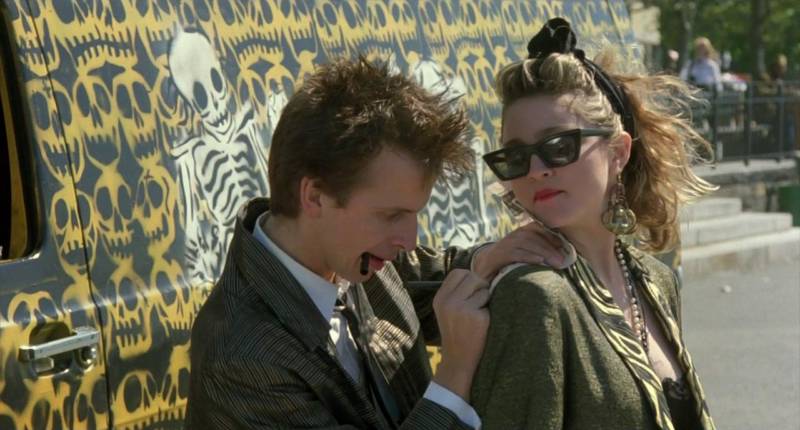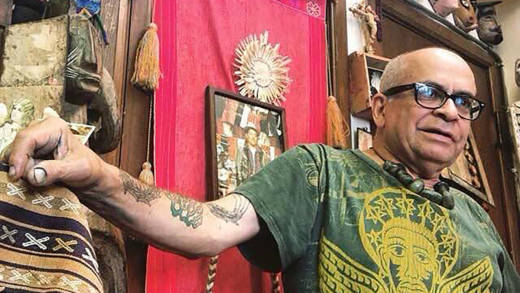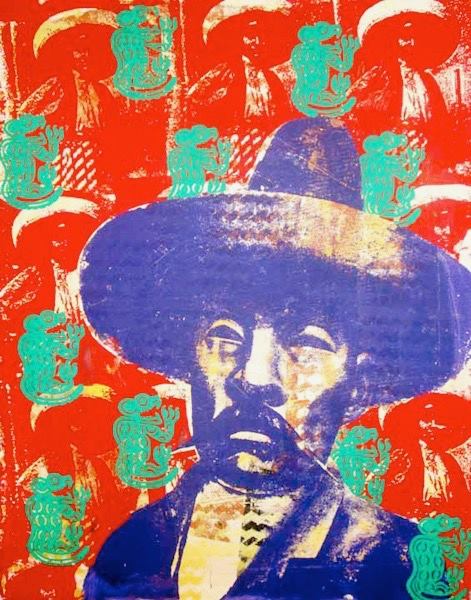Michael Roman, an influential stencil artist whose work was used by Carlos Santana, Madonna and other notable artists, died Monday from health issues. He was 60.
Roman was born in Los Angeles but moved to New York City in the early ’80s, where he worked as a bike messenger, delivering transparencies to Andy Warhol. There he became known rather quickly in the New York art scene for his stenciled graffiti and silkscreen designs, all of which leaned heavily on African and Aztec imagery. Later, he would incorporate artistic icons such as Frida Kahlo, Che Guevara and Lou Reed.
Legendary dance clubs as Danceteria and the Pyramid Club were just a few of the places that had their walls plastered with his work.
When he was first garnering attention for his work, Roman tagged subway cars with Keith Haring and Jean-Michel Basquiat, and worked for established designers such as Betsey Johnson and Kate Spade. But his real break came when Madonna asked Roman to provide some of his stencil work for her movie Desperately Seeking Susan. Roman designed the skulls and skeletons that are prominently displayed on Madonna’s suitcase and a van that she rides in in the film.

The exposure led to him becoming an in-demand artist and clothing designer. His long-sleeve shirts and wall hangings were sold in boutiques and galleries all over New York.



